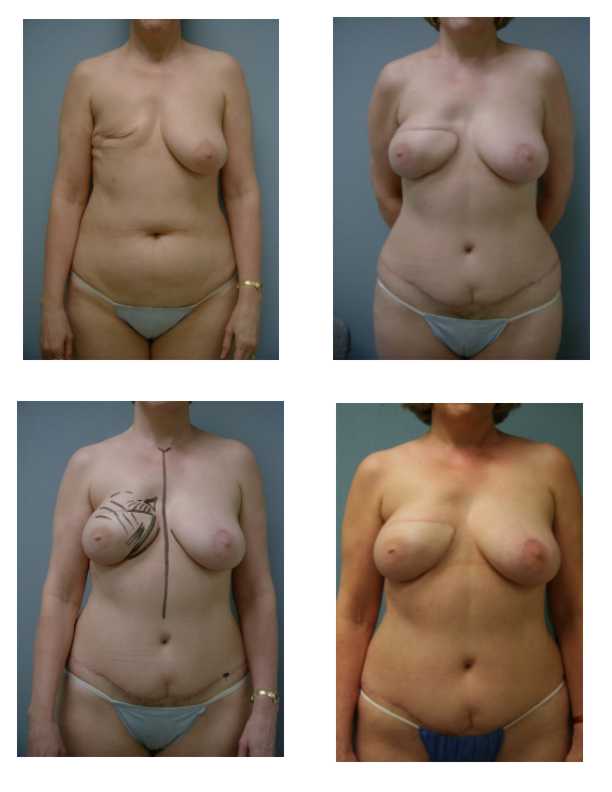Sunday, October 28, 2007
12967
Shaping Alloderm to Overcome Contour Deformities in Autologous Breast Reconstruction
Purpose:
The main goal of our study is to demonstrate that Alloderm can be effectively used to overcome upper pole deformities after autologous breast reconstruction.
Background:
Today surgeons are confronted with increasingly demanding reconstructions. Upper pole defects represent a reconstructive challenge, as they are often caused by a mastectomy which extends to a more superior resection than what can be filled by the autologous tissue. This lack of tissue in the superior rim of the reconstructed breast translates into a subtle depression that may become noticeable. There are limited options for the reconstruction of such defects. Fat grafting has been used with partial success, but it still presents several difficulties such as irregularities, fat necrosis and tissue loss. We suggest a novel use for alloderm that can be tailored to the particular needs of the patient.
Methods and Materials:
In our technique, we shape and suture Alloderm using it as a biological scaffold to correct the previously mentioned defect. An observational retrospective study will be presented.
Results:
Twenty-nine patients were included in our study. Alloderm was placed in 34 breasts. The follow-up in patients ranged from four years to six months, with only five patients under one-year of follow-up. Twelve anatomical sites were radiated previously to the alloderm placement. Patients were reconstructed with DIEaP, SIEA, TRAM or SGAP flaps. Overlying skin necrosis, loss of material, material extrusion, infection, were considered as major complications. No major complications presented in our study. In only one patient, who subjectively had felt the alloderm with movement, alloderm was partially excised. Other minor complications included pruritus (2.9%), material migration (3.8%) material crumpling (2.9%) and subtle overlying skin wrinkling (2.9%). From the aesthetic point of view results were judged good to excellent in all cases.
Conclusion:
Based in our encouraging results we conclude that Alloderm is a safe and reliable option to correct the superior contour defects occurring in autologous breast reconstruction.
View Synopsis (.doc format, 54.0 kb)

